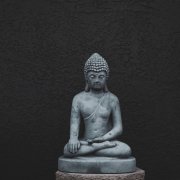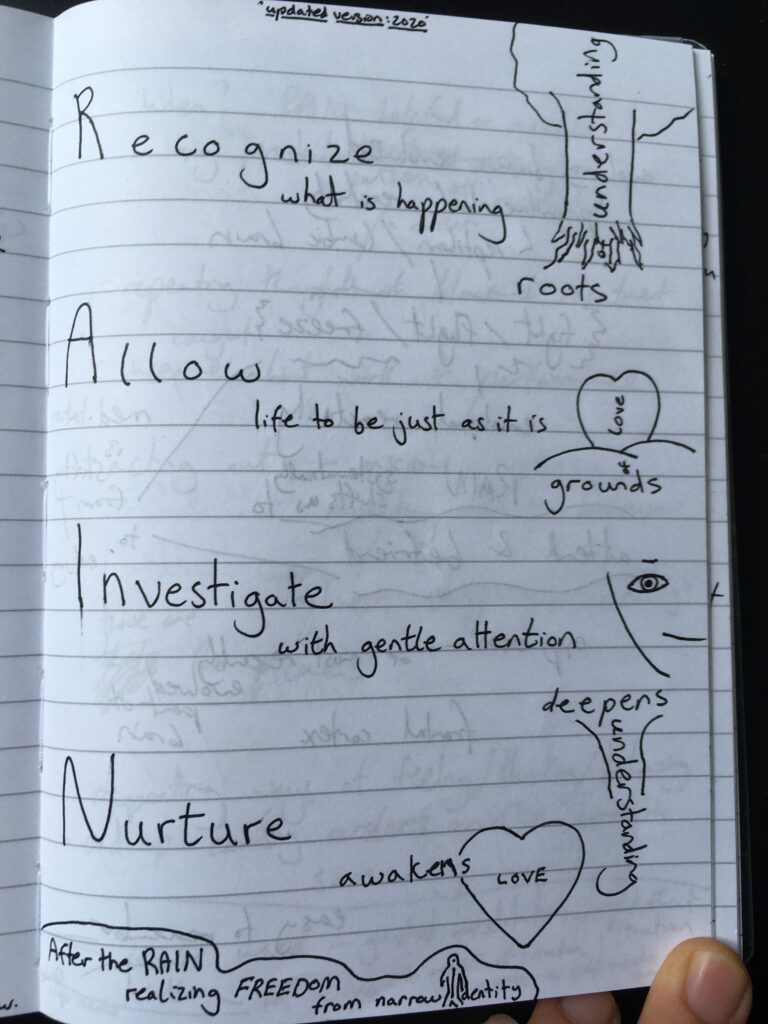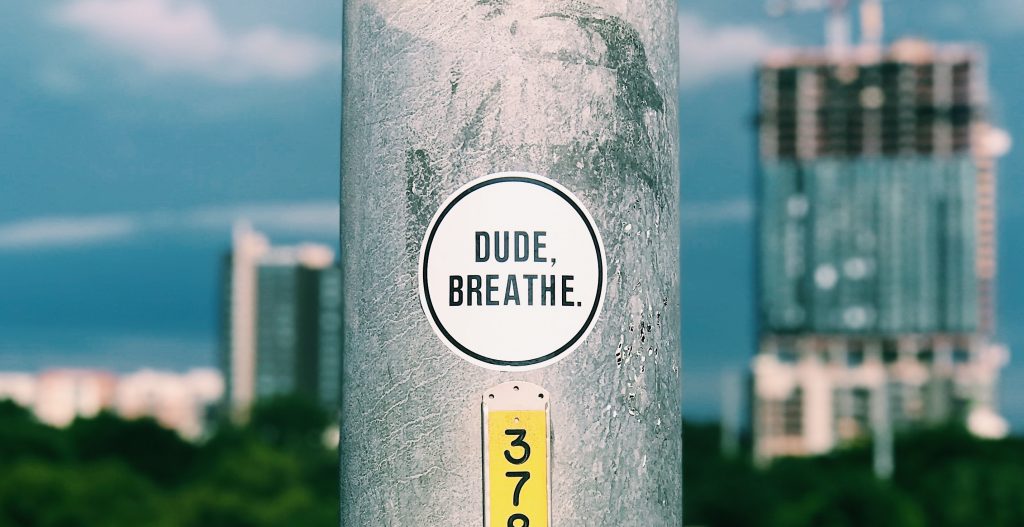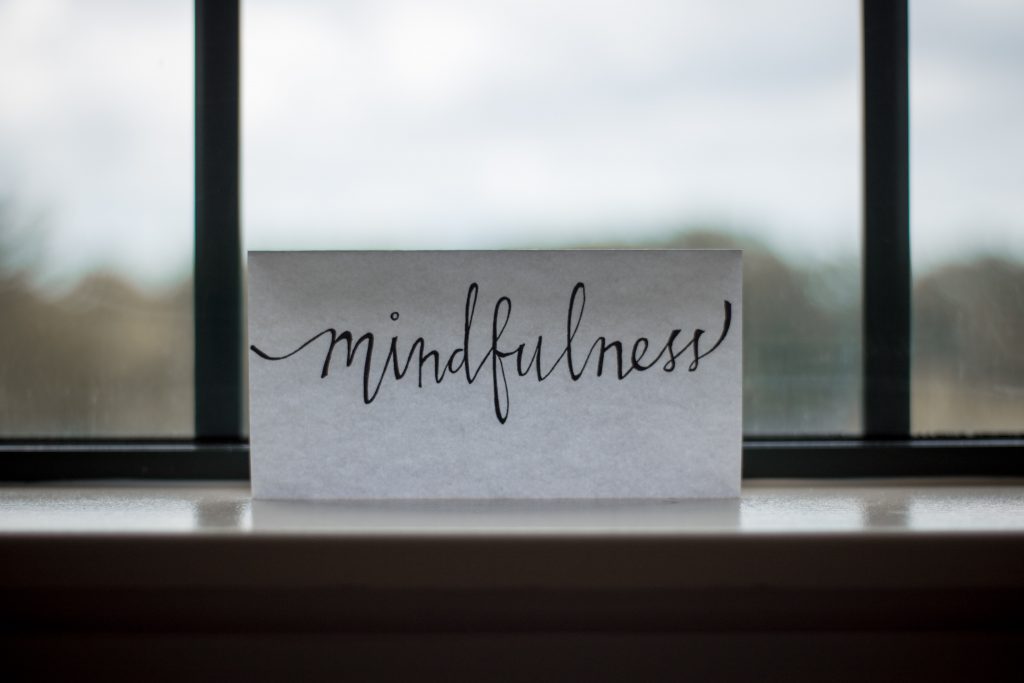Everyone serious long term psychedelic practitioner should have something of a mindfulness practice.
But beyond basic mindfulness, what types of meditation are most useful for the inner explorer?
This post will look at three that are especially helpful for navigating inner journeys.
- Conscious Relaxation
- RAIN
- Letting Go
Conscious Relaxation
Relaxation is easing tension and softening ourselves consciously. Learning how to relax yourself is probably the first mindfulness technique I would recommend for anyone wishing to embark on a course of psychedelic exploration.
Anxiety is particularly common during the early onset phase whilst the effects are increasing and one is still on their way up. It can also come when things get hot and heavy in the peak of an experience. Anxiety can be not only disorienting, but also uncomfortable. It can also just waste valuable session time which would be better spent exploring.
Learning to recognise anxiety will grow with a standard mindfulness practice. I will not cover that here, as it should be a basic foundation for any explorer. Once recognised, it can be relaxed. This can be done in a couple of ways.
Slow Breathing
The first is taking long, slow and deep breaths. By controlling our breathing we can trigger a physiological response which relaxes us.
It can be helpful to place one hand on your stomach and one on your heart to feel the rise and fall of the breath. The extra physical sensation and connection to your breath can help to maintain an awareness of it. It can help to keep us breathing long and deep, and ensure that we are breathing from the belly.
“We regain our balance through the proper application of attention and awareness. This is the slowing down, which we can facilitate physically through relaxed, deep breathing which helps release any tension in our bodies. Once we’ve slowed ourselves down and replanted our psychic feet, it is easier to move our consciousness through the resistance or block.”
– Rick Strassman
Relax the Muscles
The second is to consciously relax all the muscles in our body. If you’ve done any yoga, you might know this as savasana or corpse pose, done at the end of a class.
Feel into your body and see if you can identify any sources of physical tension or tightness. As you breathe, relax them.
The jaw, shoulders, and the stomach are areas where tension is commonly stored in and naturally tighten up when we are feeling uneasy. I find it very helpful to do a mental checklist of these three areas over three breaths: relaxing the muscles in my jaw with one in and out breath; relaxing the shoulders with the next, allowing them to fall and sink to the ground; and with the next breath, relaxing the muscles in the stomach.
You can also do a full body relaxation, letting your whole body loosen. You can systematically go through your entire body, scanning each and every part. This is like a vipassana body scan, but as you place your attention on each section, you consciously relax each part. You can do this systematically by relaxing one part per cycle of breath, before moving to the next part.
For example, on one in and out breath, relax all the muscles in your face; on the next cycle of breath, relaxing all the muscles in your neck; the next breath, relaxing your shoulders; and so on until you reach your feet. You can do this as many times as is useful to you.
Tip: A good way to train in this systematic relaxation of your body is with a guided relaxation for sleep. If you’re looking to establish a mindfulness practice but never seem to be able to find time, try using this guided meditation scan every night as you go to sleep. A few years ago I did this over a period of months, listening to it every night in bed as I drifted off. It helped to train that muscle of guiding relaxation, which I’ve now internalized to some degree, and find it much easier to do.
RAIN
Recognise, Allow, Investigate, Nurture.
This is a mindfulness tool which I find is more useful on low to medium doses or towards the end of higher dose experiences. This is because, although RAIN is designed to be simple, trying to do something with multiple words and steps to remember can be too much on high doses. Something more straightforward like ‘breathe’ is more appropriate in those challenging moments.
That said, I think it is a technique that should be in every psychonaut’s toolbox. You can read more about the RAIN technique in an article here.
Let Go
One of the ultimate tenets of psychedelic exploration.
Learning to let go is one of the most important skills to learn for psychedelic journeying. As with many psychedelic navigation tools, but perhaps more so than any others, it is also key to life. On a journey of psychedelic exploration the ability to let go will be put to the test and it’s a great chance to practice.
Letting go means just totally dropping yourself into your experience without trying to direct it or control it in any way. The only type of direction you are giving to your awareness is to actually let go of any direction or attempt to place your attention anywhere. In this way, trying to let go can seem almost contradictory. It makes more sense when you think of letting go as an allowing, rather than a willing. Totally letting go is allowing your awareness to go wherever it wants to go.
You can also imagine letting go physically, as if holding on to the edge of a cliff or a plane flying through the sky, and then just letting go, falling through the air.
One way to practice this is to lie down and feel the weight of your body against the ground. Then feel your body as you imagine you’re melting, as if you’re dissolving into the earth. Then just let yourself dissolve into the floor beneath you. If you’re feeling your sense of self dissolving, then let it happen. If you get the sense that you are dying or disappearing, let it happen. As Bill Richard has said in his Flight Instructions, rebirth can only come after a death, so allowing yourself to die is the only way to be reborn.
Letting go also combines with relaxing, in that it is letting go of any tension and resistance to present moment experience.
As Tim Leary was quoted in Tomorrow Never Knows, The Beatles’ song about LSD:
“Turn off your mind, relax, and float downstream”
.













